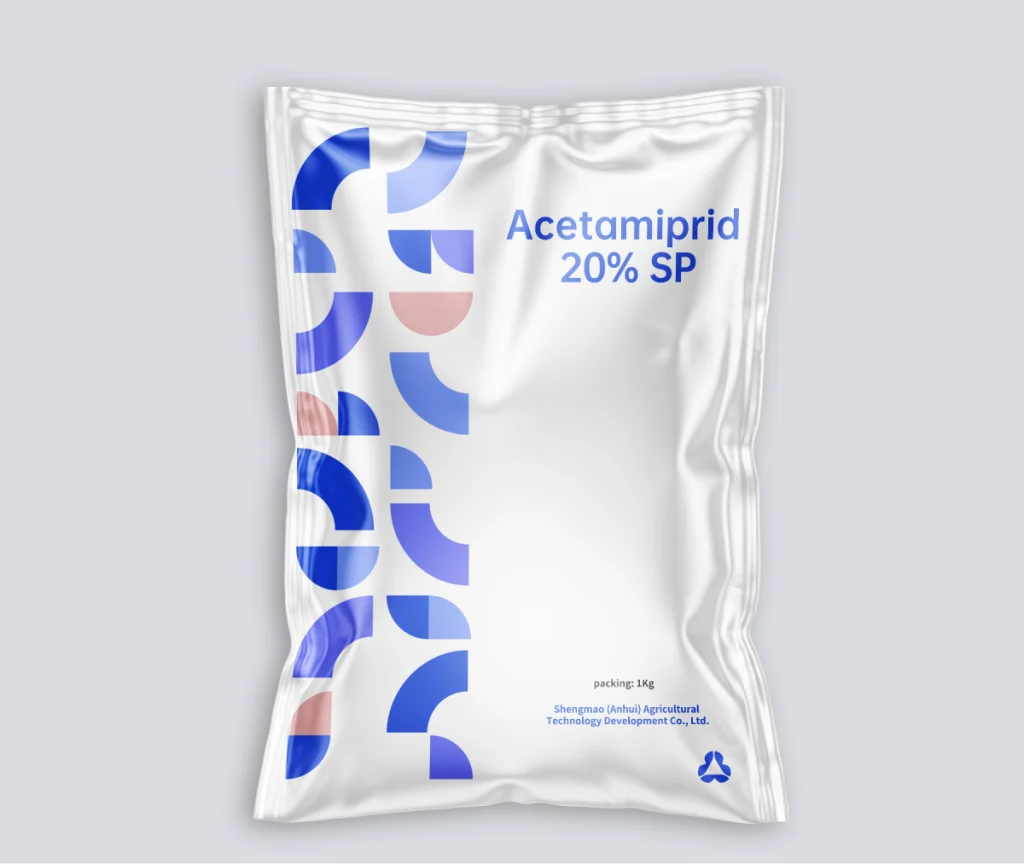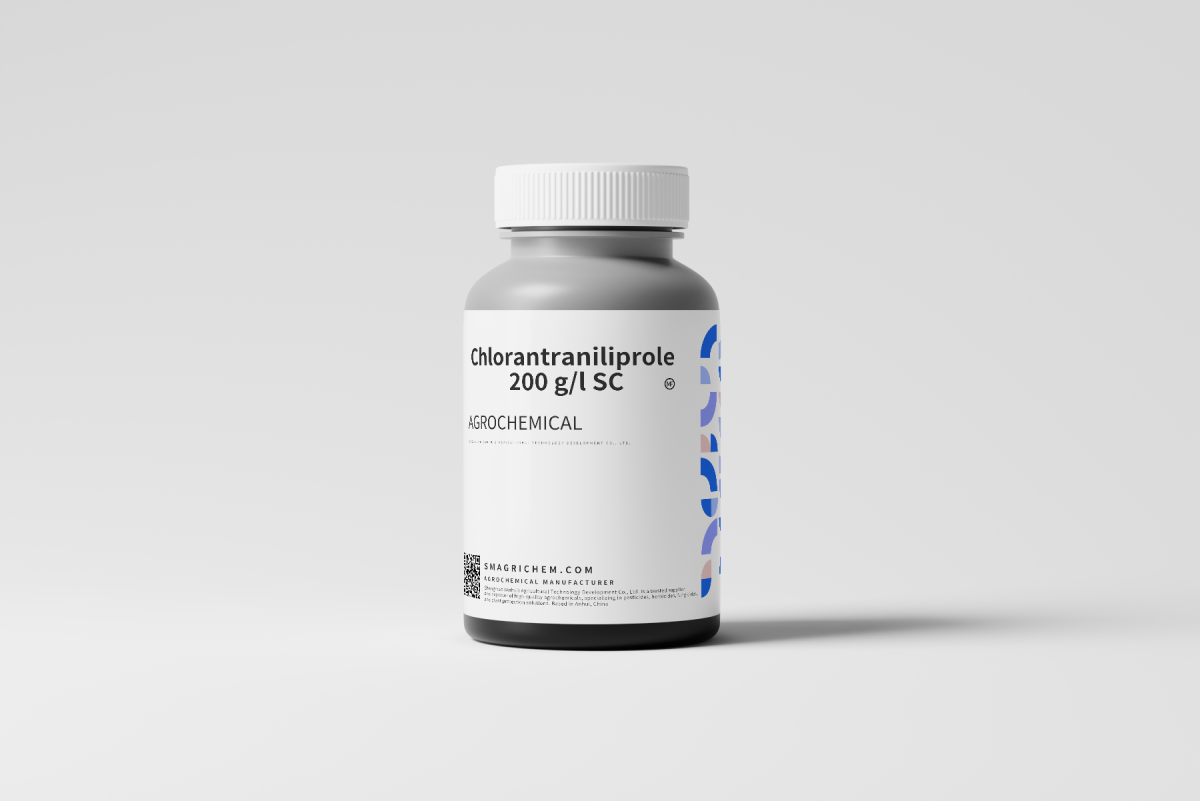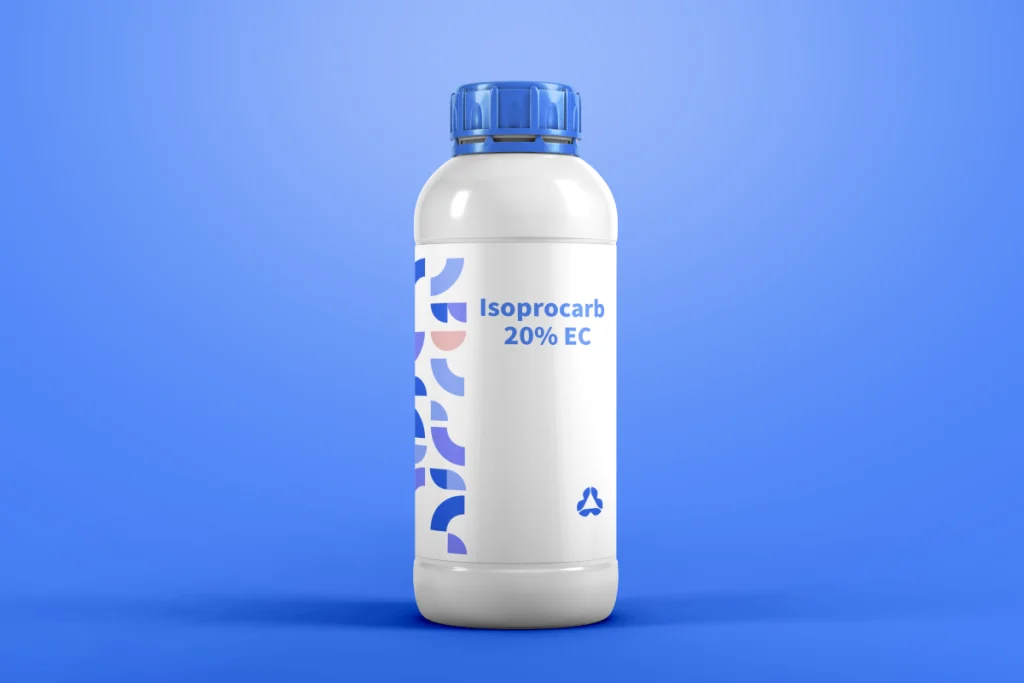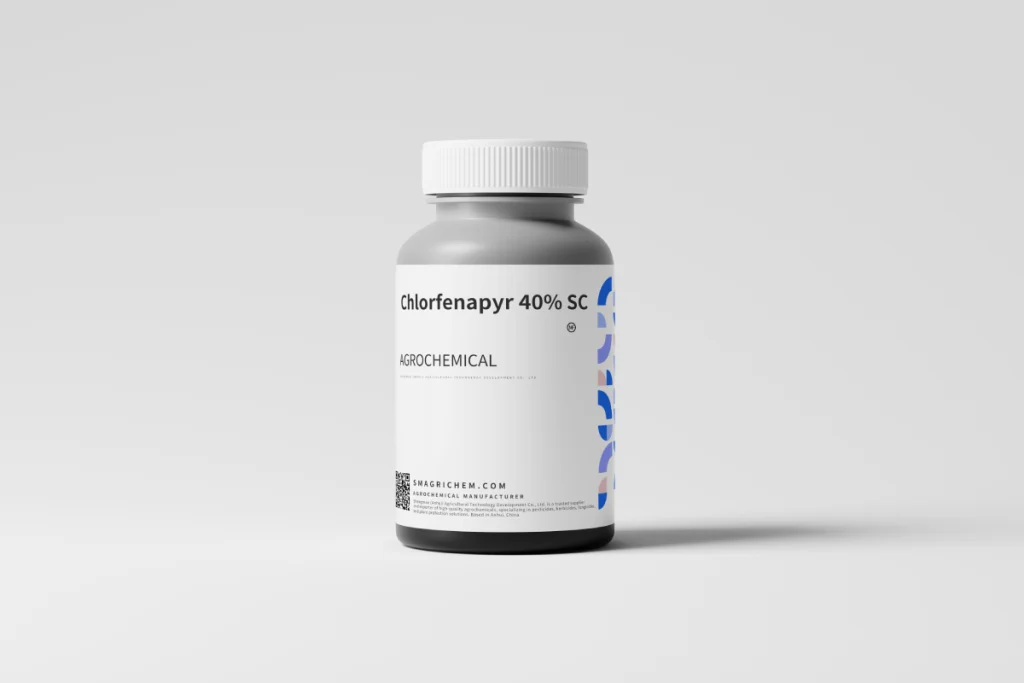Active Ingredient: Chlorantraniliprole
Classification: Insecticide
Formulations: 18.5% SC, 200 g/L SC, 250 g/L SC, 0.4 GR (granular), WDG (water-dispersible granules)
CAS Number: 500008-45-7
Mode of Action: Targets ryanodine receptors in insect muscle cells, disrupting calcium ion release → muscle paralysis and death. Systemic and translaminar activity provides long-lasting protection.

Acetamiprid 20% SP Insecticide
Active Ingredient: Acetamiprid CAS Number: 135410-20-7 Chemical Formula: C₁₀H₁₁ClN₄ Classification: Systemic neonicotinoid insecticide Primary Use: Controls sucking pests (aphids, whiteflies, thrips) in cotton, vegetables, fruit



